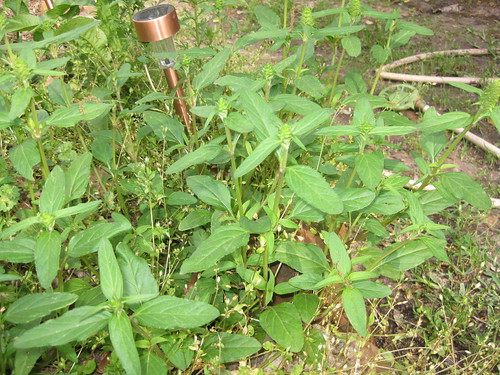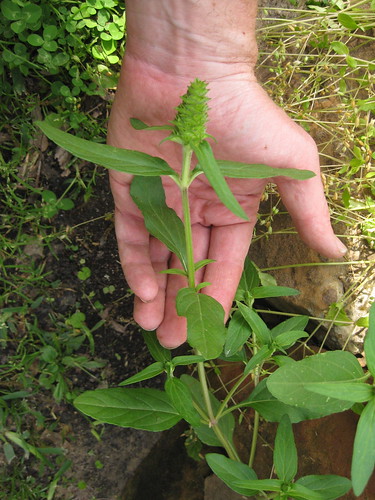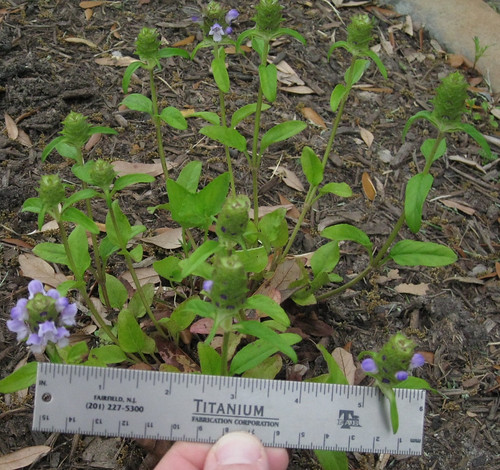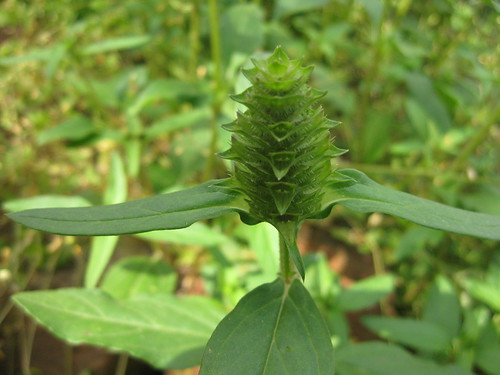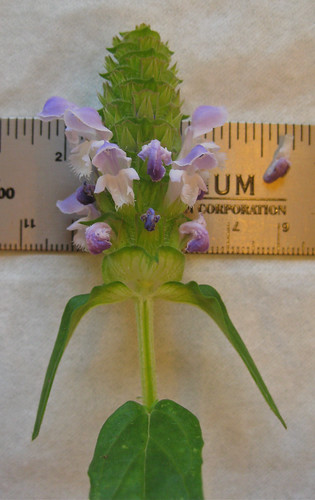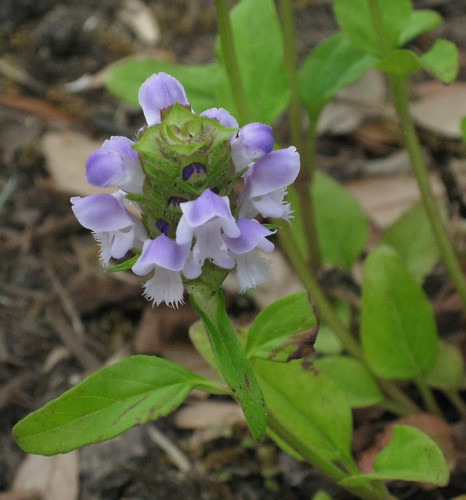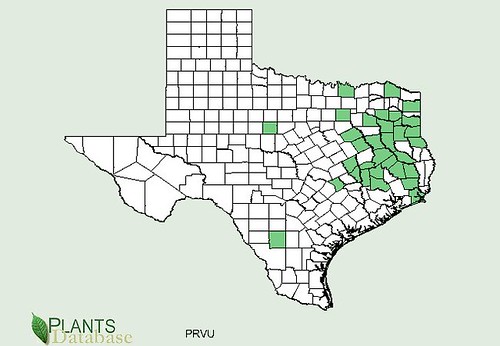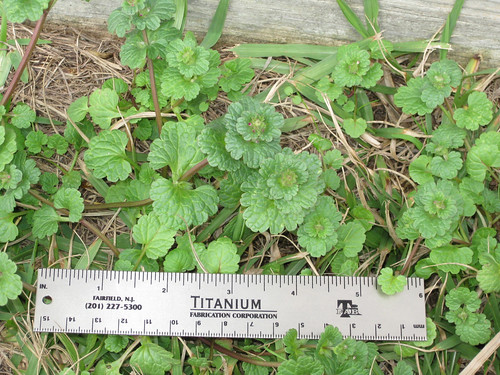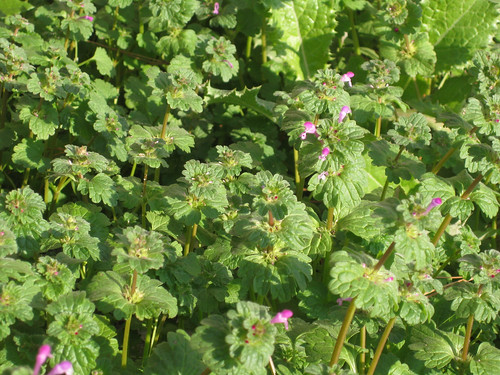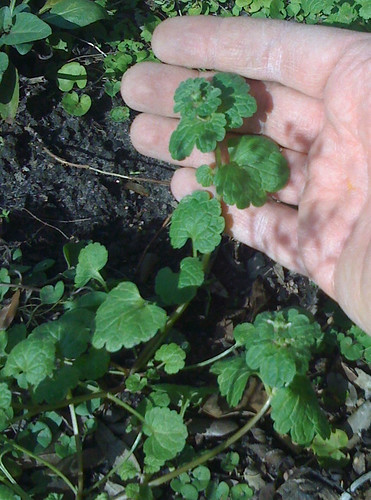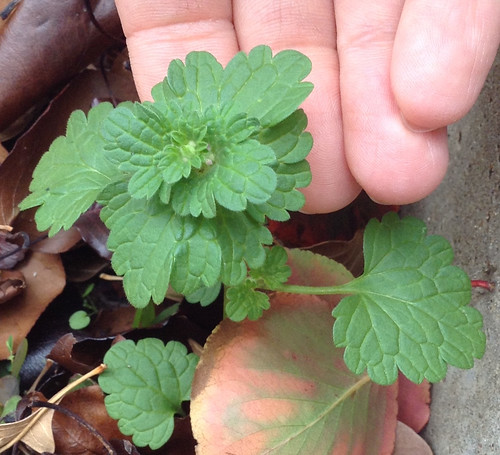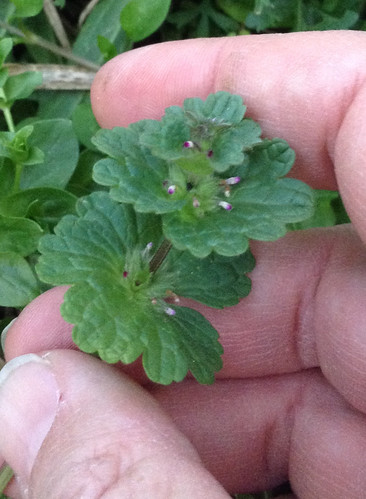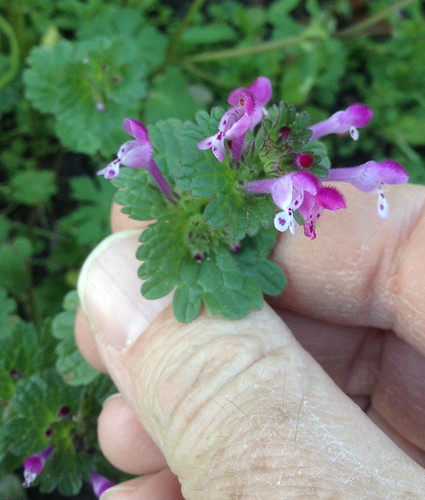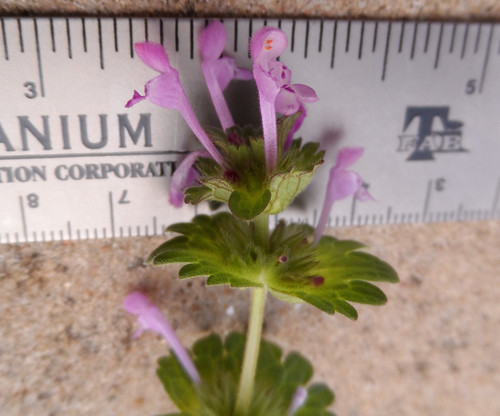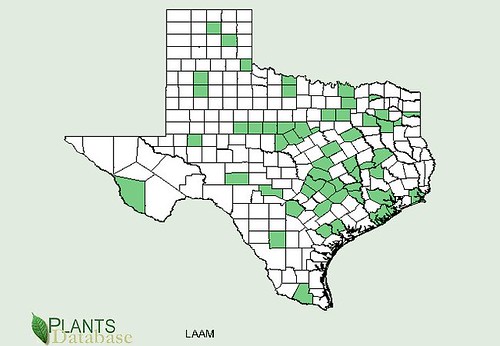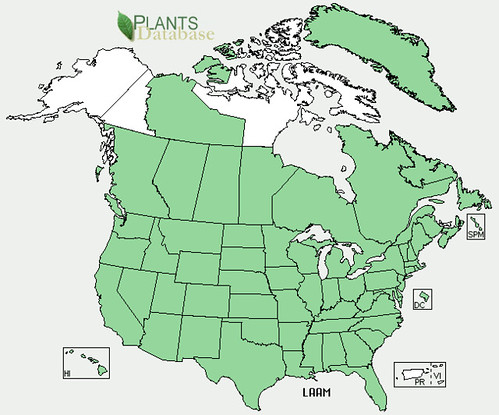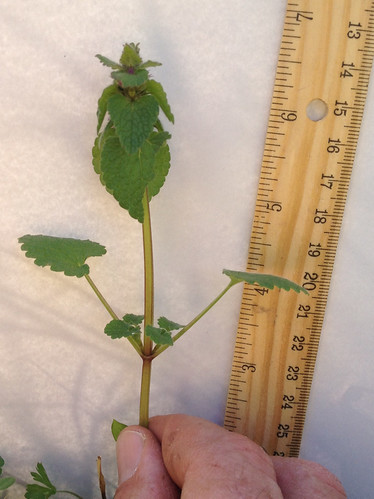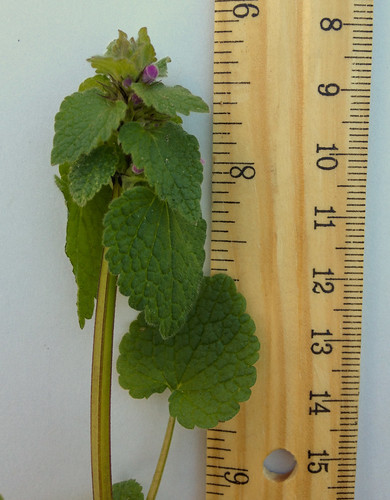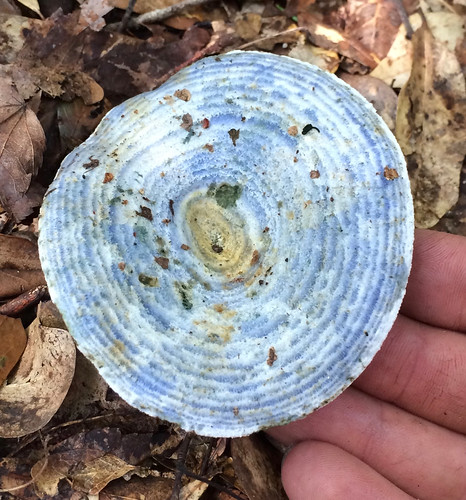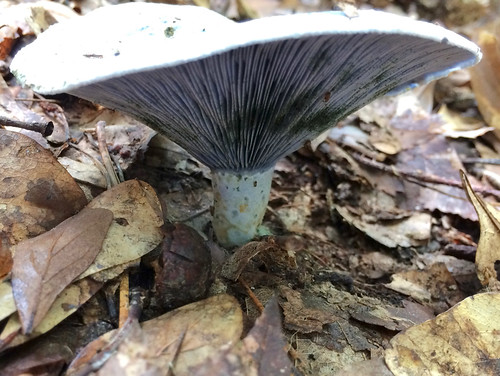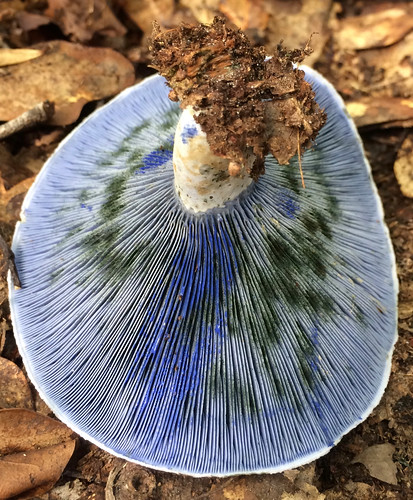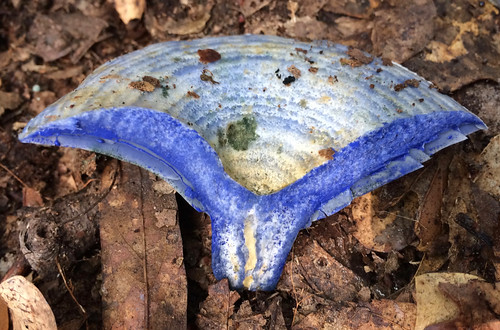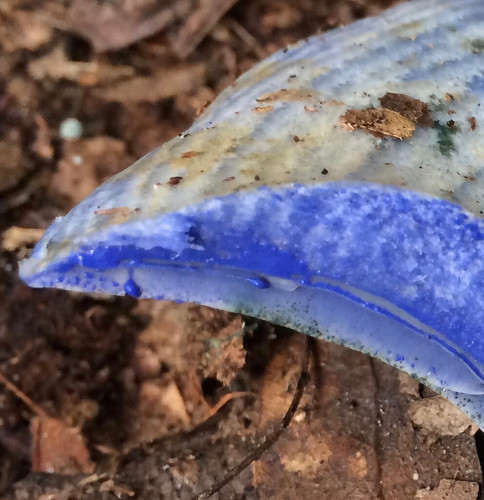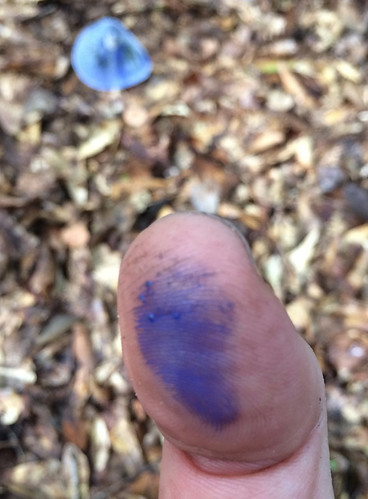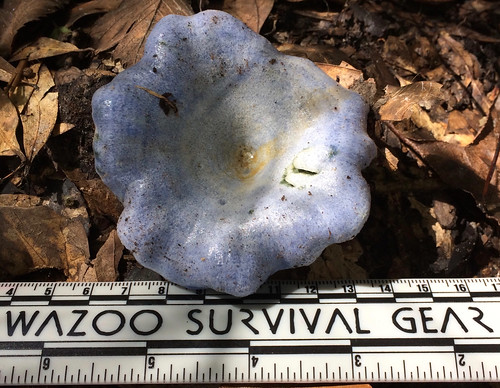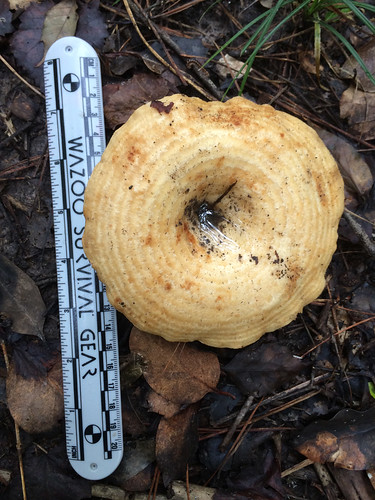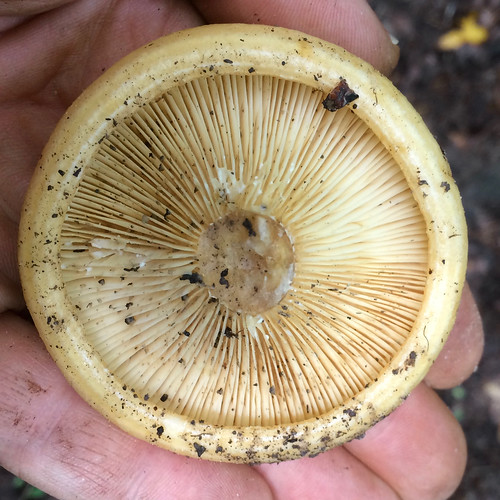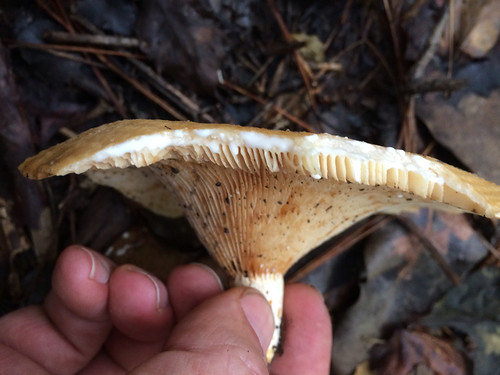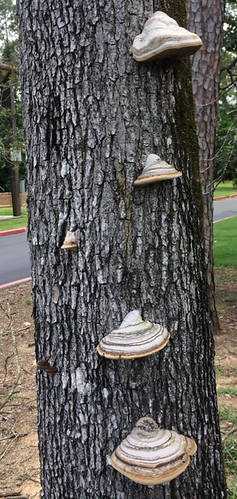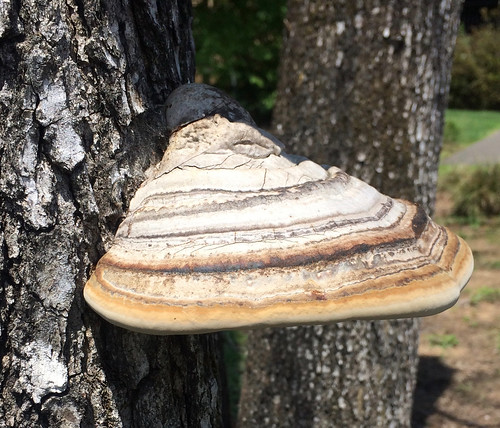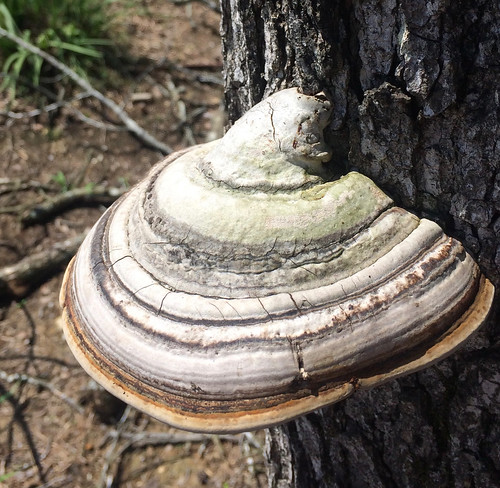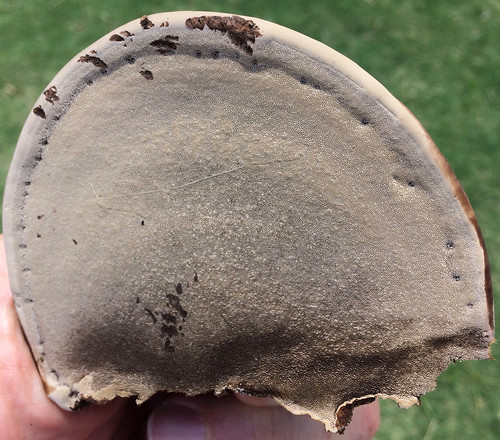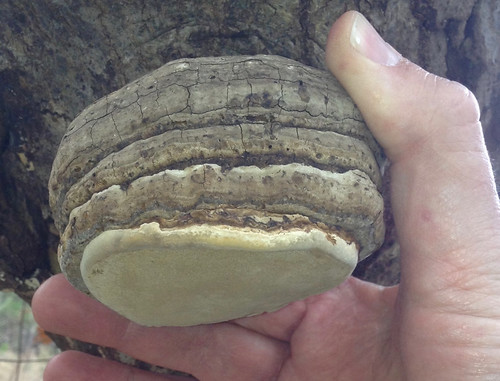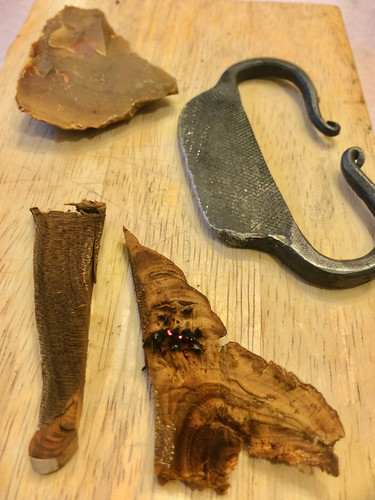Abundance: plentiful
What: berries
How: raw, dried, preserves
Where: moist, sunny areas
When: fall when berries are red, orange, or purple
Nutritional Value: calories, protein
Ripe hackberry fruit.


Unripe berries
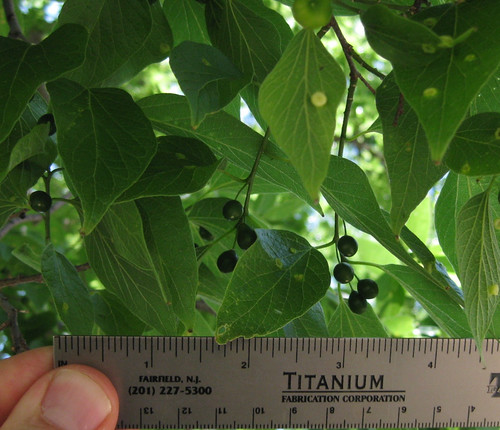
Sugar Hackberry (Celtis laevigata) tree.

Sugar Hackberry (Celtis laevigata) tree trunk.

Another Hackberry tree.
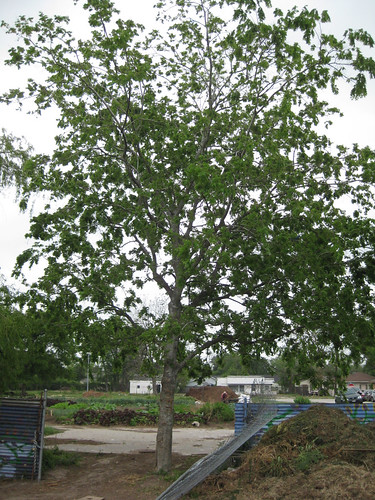
Close-up of hackberry bark "scales/warts".

Texas distribution, attributed to U. S. Department of Agriculture. The marked counties are guidelines only. Plants may appear in other counties, especially if used in landscaping.
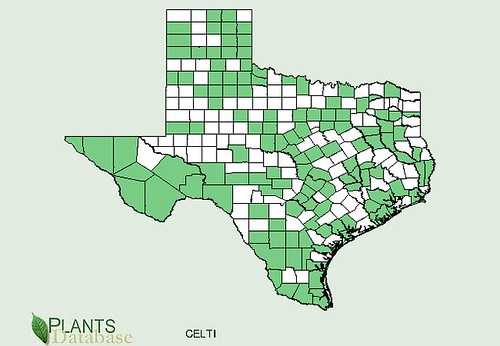
North American distribution, attributed to U. S. Department of Agriculture.
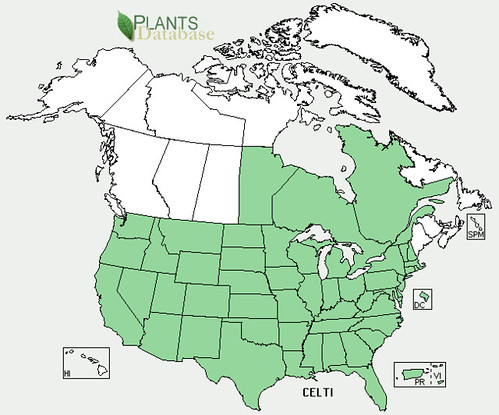
Most of your ancestors owe their lives to the fruit of the hackberry tree. It is the oldest-know foraged food, going back over 600,000 years to the grave of Peking Man. Found on every continent except Antarctica, every culture that arose around hackberry trees utilized them as one of their main sources of calories...until us now. Now it is considered a "trash tree" and considered to be an annoyance. We have forgotten how it kept so many humans alive for tens of thousands of years.
The ripe fruit of hackberries are less than 1/4 inch in diameter and consist of a thin, sweet skin surrounding a large, hard seed. This edible seed is rich in protein and fats, but is extremely hard. Trying to crush the seed with your teeth can easily result in a broken tooth. You are better off crushing up the berries in a mortar & pestle to make a sweet, energizing paste. This paste can be toasted into a bar, making it nature's original "power bar". The seeds can also be crushed/blended with water, left over night and then strained to make "hackberry milk" which is similar to "almond milk". If you don't have a way to crush the seeds then just eat the skin/flesh off then spit out the seed. These berries ripen in the fall but will often remain on the trees and edible well into spring.
The wood of the hackberry tree is weak and brittle. It does not make good firewood, carving material or lumber. However, it did make acceptable archery bows. After a storm the ground beneath hackberry tree is usually littered with broken branches, making a mess. They can grow up to 80' tall in moist, sunny locations such as along lakes, ponds, or streams. Hackberries also seem to thrive in urban environments though they only live 20-30 years. Their gray bark is usually covered with lumpy, scaly wart-type growths that are made of layered sections.
Buy my book! Outdoor Adventure Guides Foraging covers 70 of North America's tastiest and easy to find wild edibles shown with the same big pictures as here on the Foraging Texas website.



